Allianz: New mega ships coming in a few years
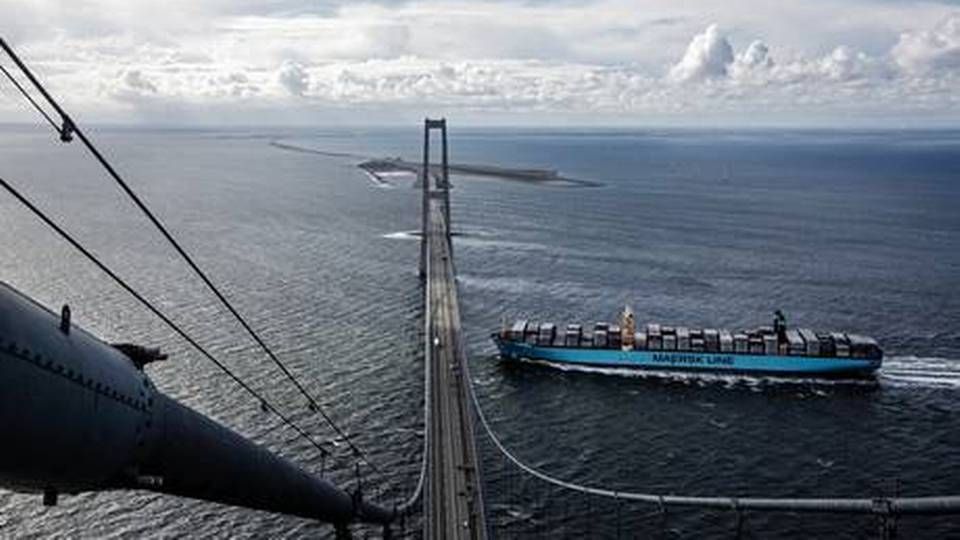
When Maersk Line in 2013 deployed the first of its Triple-E ships, with a capacity of around 18,000 teu, the vessel represented the largest container ship to ever hit the water. And the development toward even larger ships continues, with the expectation that ships of up to 24,000 will deployed in the global container fleet within the next 4 to 5 years, says Allianz Global Corporate & Specialty SE's (AGCS) in its analysis 'Safety & Shipping Review 2014,' which maps accidents at sea involving ships of more than 100 gross tons.
And carriers as well as insurance companies face significant challenges in the coming years, says Allianz.
"Last year’s deliveries and subsequent entry-into-service of the largest container ships ever built had been eagerly anticipated: the launch of Mærsk’s Triple-E class in June 2013 came with a container carrying capacity of 18,000 teu. AGCS calculates that capacity grows by around 30 percent every four to five years, meaning the arrival of 24,000 teu carriers can be anticipated around 2018. A minor incident can really cause a major general average claim on these ships. Think of the consequences for ports and terminals if they are blocked by such an accident," says Dr. Sven Gerhard, Global Product Leader, Hull & Marine Liabilities, at AGCS:
“The sheer timescale of getting to the ships and getting the containers off is staggering, in some cases it may take many months or possibly a year or longer if the location is remote," says Sven Gerhard in the analysis, published Thursday.
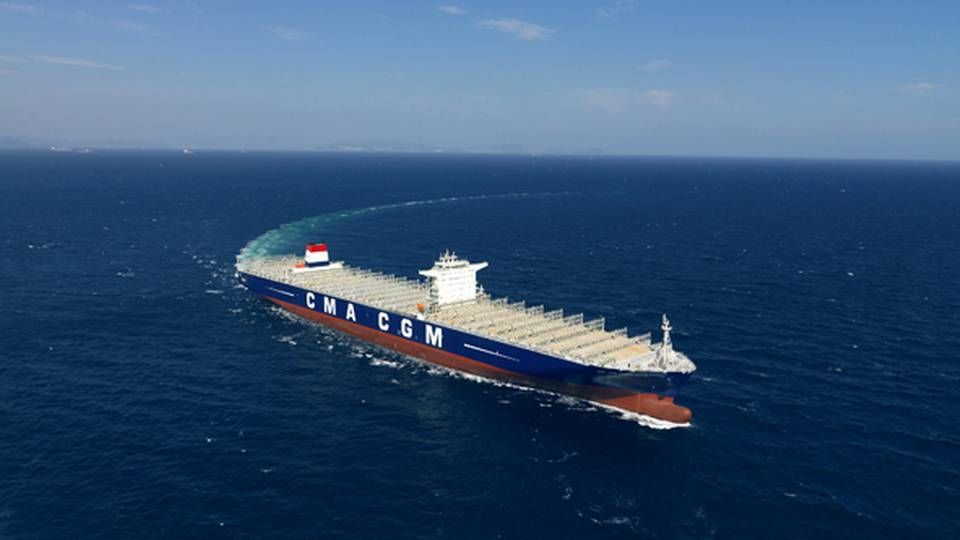
The analysis also points to other future, potential risks for shipping, such as the installation of LNG terminals as the number of ships using the liquefied natural gas is expected increase significantly ahead of 2020. Many ports have zero experience in handling LNG and bunker stations.
Costa Concordia raises insurance price in 2014
“We need to ask what risks LNG-fueled ships will present to the industry. The technology itself is not new; the concern is storing the LNG as fuel and handling it onboard. LNG expertise is not easily available – there needs to be a change in mindset and training,” says Captain Rahul Khanna, Senior Risk Consultant, Marine, AGCS.
The loss of ships continued to decline in 2013 compared to previous years, with a total of 94 reported wrecks last year. This is just the second time that the number of total accidents registered below 100 in the last 12 years, according to the analysis. The development marked a 20 percent decrease compared to 2012, where 117 lost ships were reported.
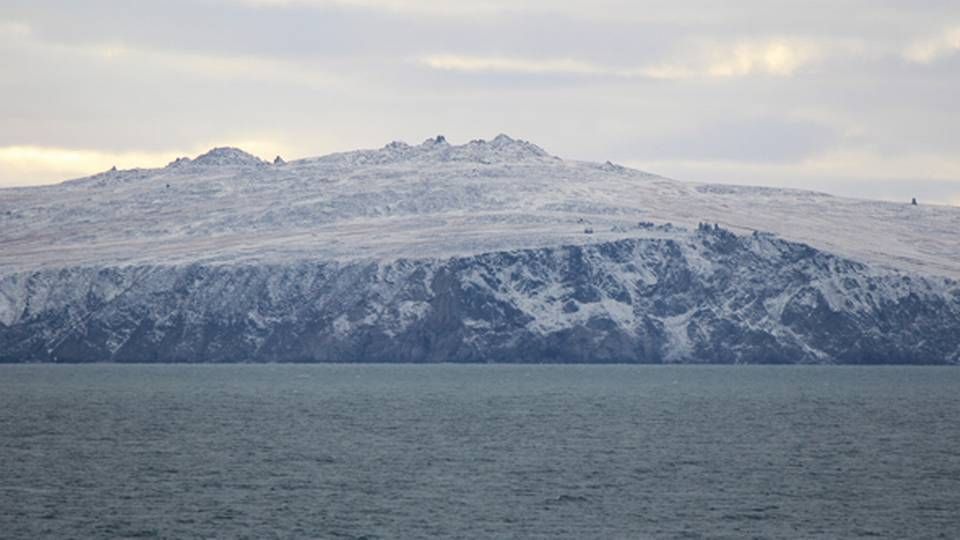
On the routes in the sensitive Arctic regions, the registered number of accidents increased a staggering 45 percent in the period from 2009 to 2013, compared to 2002 - 2007. Ship engine accidents accounted for one third - or more than the average for other regions, which illustrates the tough conditions at these latitudes, says the Allianz in the analysis.
Container ship cleaning cost more than USD 18 million
Related articles
Container ship cleaning cost more than USD 18 million
For subscribers
Maersk ship lost 200-300 containers in storm
For subscribers

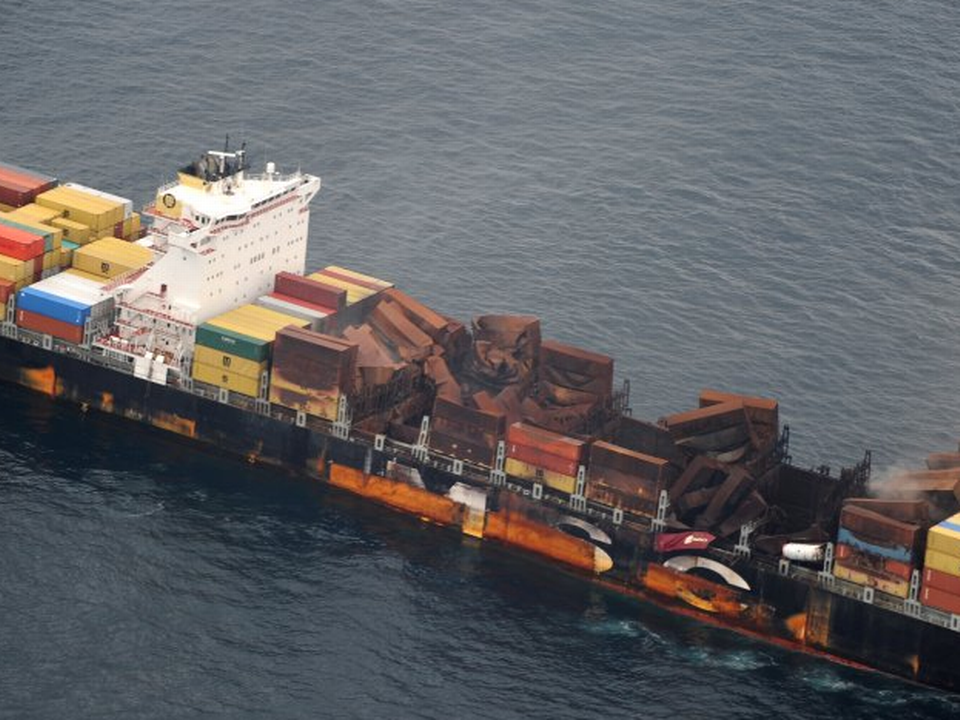
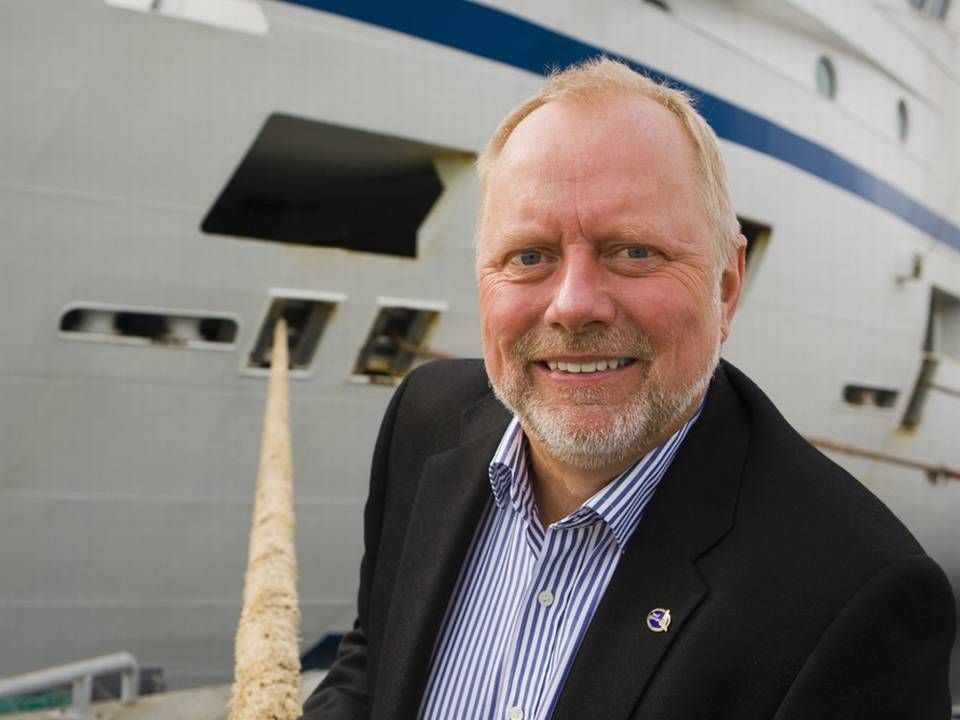
.jpg)

















